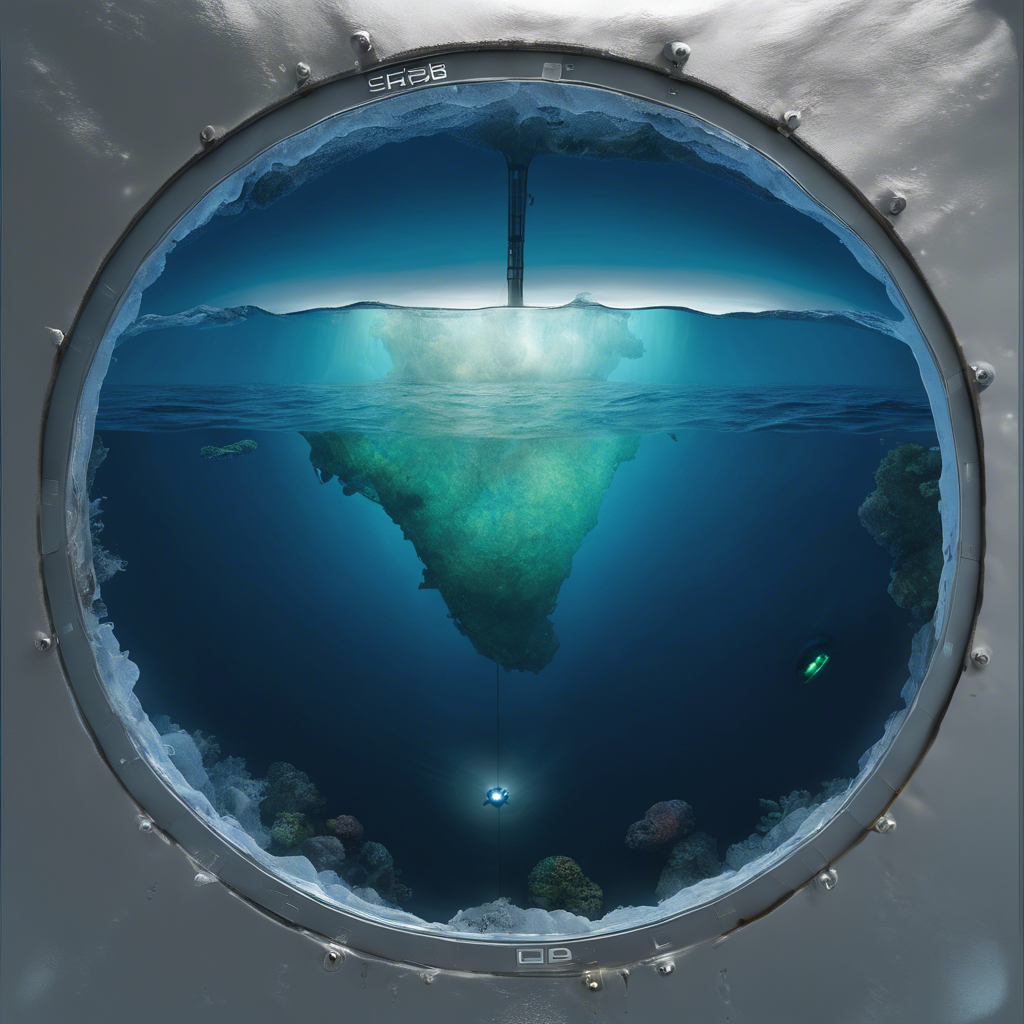What is the deepest ocean?
Exploring the Unknown: The Deepest Part of the Ocean
The ocean, which covers over 70% of the Earth’s surface, still holds many mysteries and secrets that scientists and researchers are working hard to unravel. One of the most fascinating aspects of the ocean is its depth, with vast areas remaining unexplored. In this article, we will delve into the deepest part of the ocean, exploring its unique features, the creatures that inhabit it, and the challenges of exploring these depths.
The Five Deeps
The Five Deeps are the lowest points in each of the world’s five oceans. These areas are characterized by extreme pressure and lack of light, making them inhospitable to most forms of life. Here are the Five Deeps:
- Challenger Deep in the Mariana Trench (Pacific Ocean) – 35,787 feet (10,902 meters) deep
- Tonga Trench (Southwest Pacific Ocean) – 35,597 feet (10,863 meters) deep
- Kermadec Trench (Southwest Pacific Ocean) – 32,000 feet (9,700 meters) deep
- South Sandwich Trench (Southern Ocean) – 27,493 feet (8,385 meters) deep
- Puerto Rico Trench (North Atlantic Ocean) – 27,493 feet (8,385 meters) deep
The Deepest Point: Challenger Deep
Located in the Mariana Trench, the Challenger Deep is the lowest point on Earth, with a depth of 35,787 feet (10,902 meters). This depression was formed by the movement of tectonic plates, which pushed the Earth’s crust downwards. The extreme pressure at this depth is over 1,000 times greater than the pressure at sea level.
Life in the Deepest Ocean
Despite the extreme conditions, life does exist in the deepest ocean. Here are some examples of creatures that have been found in the Challenger Deep and other deep-sea environments:
- Giant tube worms
- Deep-sea fish such as anglerfish and viperfish
- Foraminifera, tiny organisms that form shells from calcium carbonate
Exploring the Deepest Ocean
Exploring the deepest ocean is a complex and challenging task. Here are some of the methods used to study the deepest parts of the ocean:
- Remotely operated vehicles (ROVs)
- Autonomous underwater vehicles (AUVs)
- Deep-sea submersibles
- Sampling equipment such as seafloor corers and dredges
Conclusion
The deepest ocean is a vast and largely unexplored frontier, with many secrets waiting to be uncovered. As scientists and researchers continue to study this environment, we are learning more about the unique features and creatures that inhabit it. Despite the challenges of exploring the deepest ocean, the rewards are well worth the effort, and we look forward to continuing to explore and learn about this incredible environment.














Post Comment